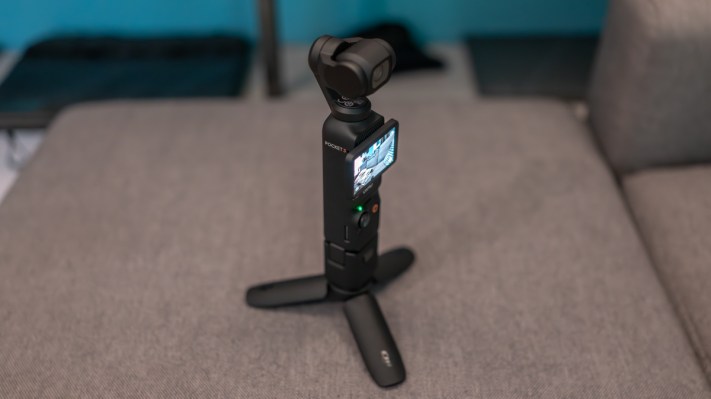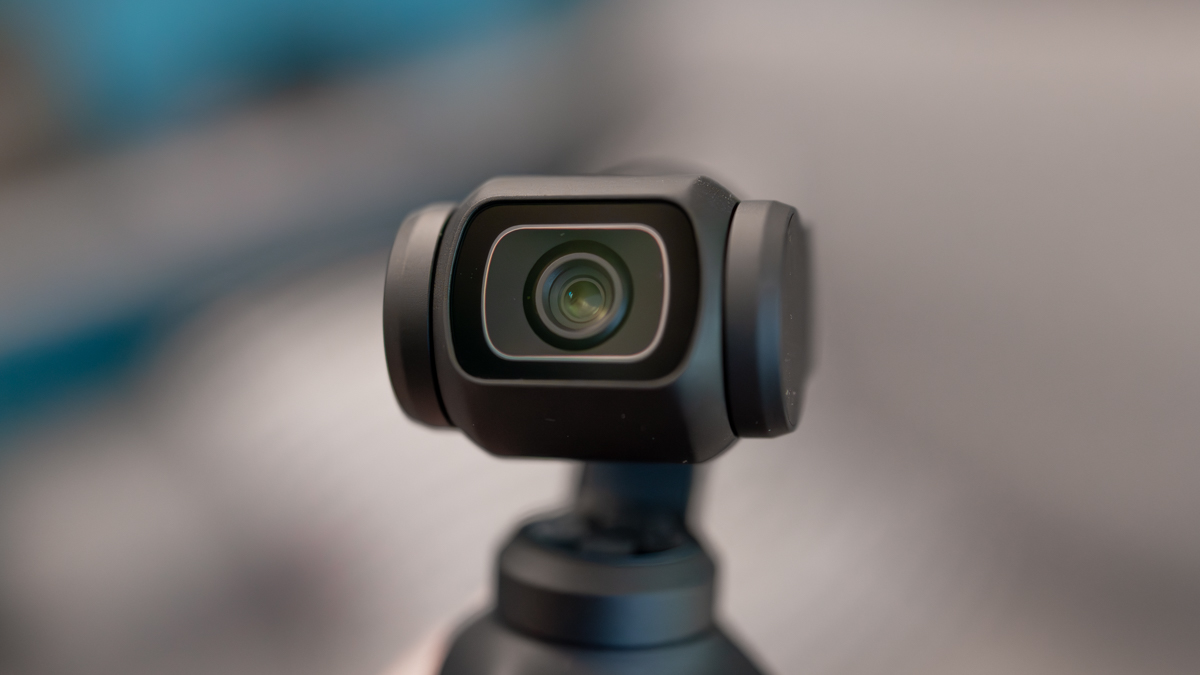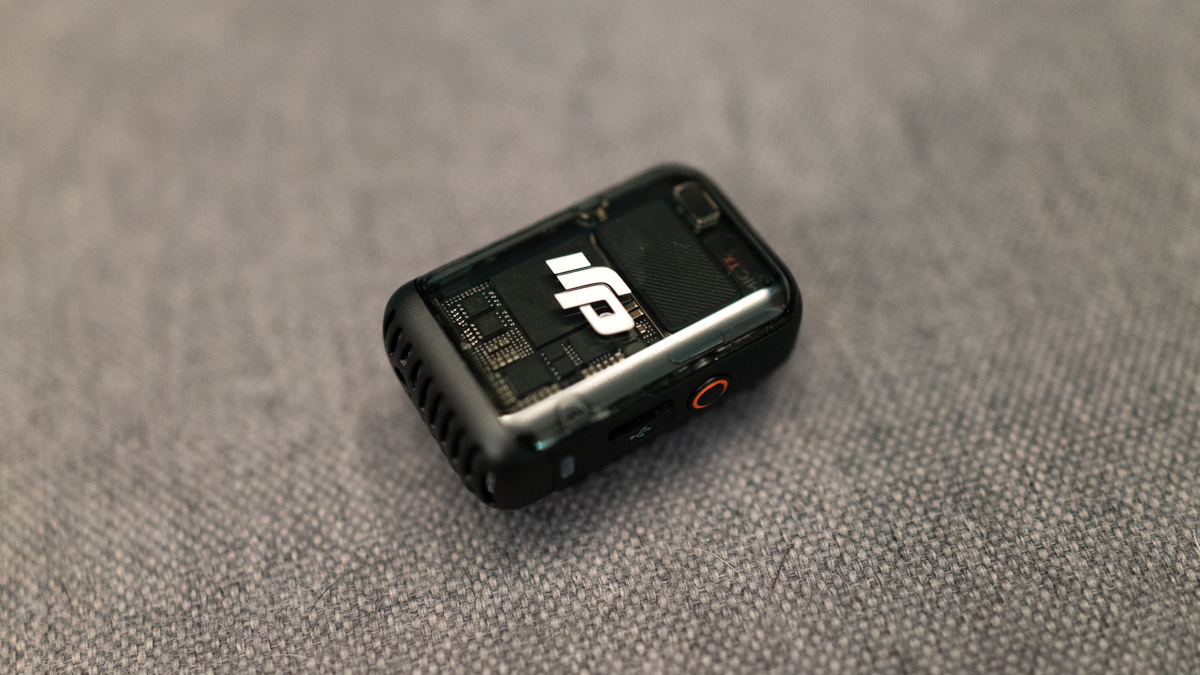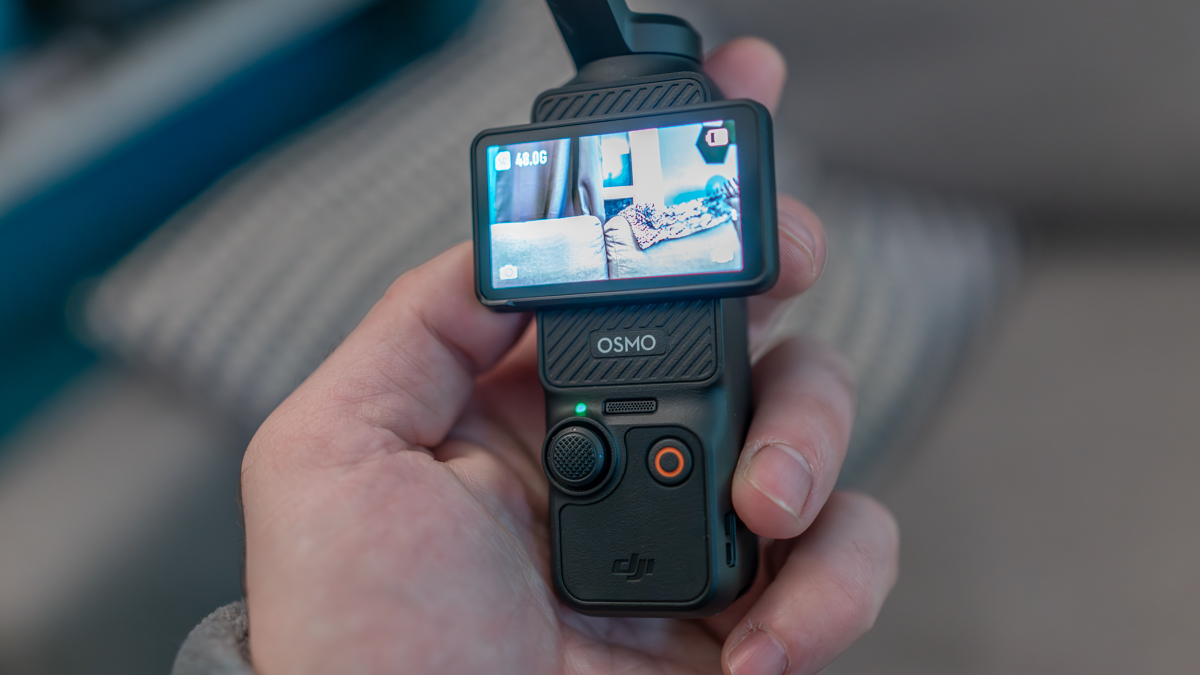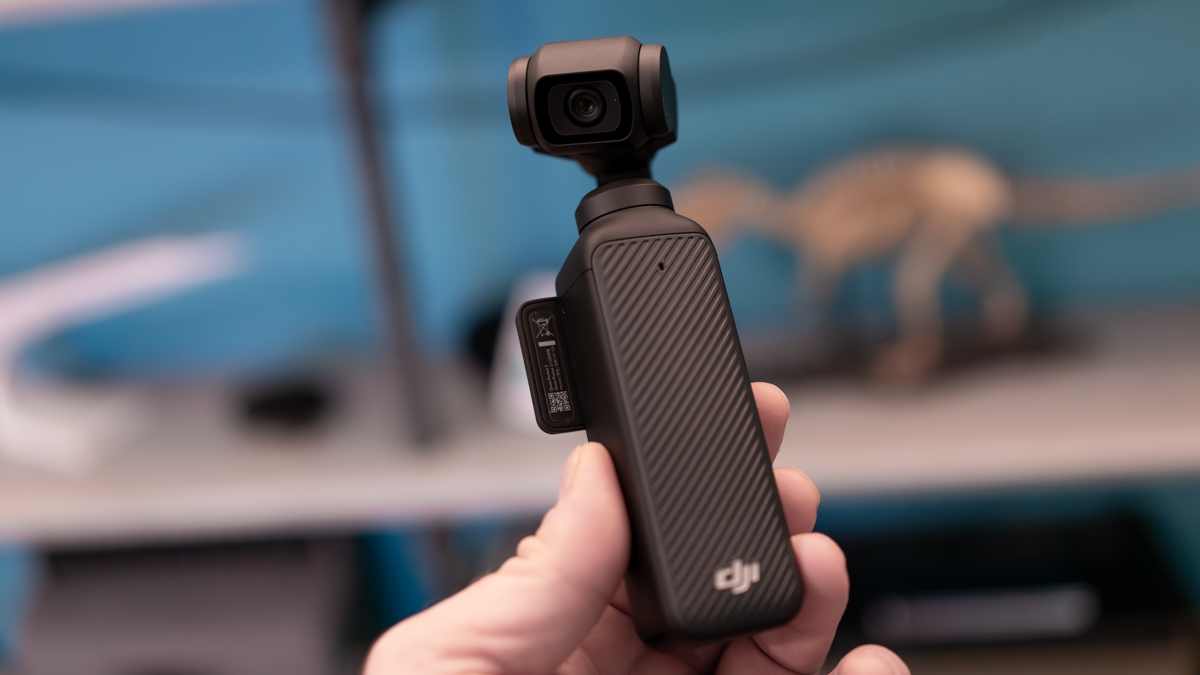DJI’s Osmo Pocket 3 has arrived, with a much-improved one-inch sensor, along with all the magic of the company’s physical gimbal stabilization. This new generation comes a full three years after the last one, and given the improvements in smartphone camera systems in the intervening time, you might wonder if it’s worth considering an entire external camera for capturing vlogs and social video: DJI’s focus on innovation with this latest Osmo Pocket means the answer is a resounding “yes.”
The basics
The $519 Osmo Pocket 3’s central new upgrade is that big, beautiful one-inch CMOS sensor, which replaces the 1/1.7-inch version on the outgoing model. Adding a one-inch sensor brings it into the same class when it comes to light gathering as beloved dedicated pocket cameras like Sony’s RX100 line, and means that the device offers much better quality in basically all imaging categories — including in low-light, an area where past Pockets have struggled.
Also new is the adjustable orientation display, which is a two-inch touchscreen OLED that makes it incredibly easy and intuitive to switch between landscape and portrait shooting modes. The Osmo Pocket 3 can also capture video at up to 4K/120 fps (slo-mo only; regular capture is capped at 4K/60), and it includes 10-bit D-Log M and 10-bit HLG color modes for post-capture editing flexibility that should complement even pro-level workflows.
There’s a three-mic array on board the Pocket 3 for audio capture, but it’s also compatible with the newly released DJI Mic 2 transmitter, with a receiver built right in so you can record using up to two of the convenient mic clips. This is great for vlogging, and also for conducting interviews.
Interestingly, the DJI Osmo Pocket 3 limits still photo capture to just under 10 megapixels, which is down from the 16MP and 64MP modes available on the Osmo Pocket 2, despite the larger sensor.
DJI is launching the Osmo Pocket 3 alongside a number of accessories, many of which are available bundled together with the camera in a Creator Combo for $669. I was able to test that version of the product, which includes the Pocket 3, a protective cover for throwing it in a pocket or bag, a wrist strap, a small handle extension with a 1/4″ tripod adapter, the DJI Mic 2 transmitter along with a windscreen and magnet clip, the extended battery handle, a mini tripod and a small zipped carrying case.
In terms of battery life, DJI says that the Osmo Pocket 3 will get just under two hours of use shooting 4K/60 footage, or up to 166 minutes when shooting at 1080/24.
Design and build
The Osmo Pocket 3 is very well-built and thought out, which makes sense given how many generations have come before it at this point. It’s light, easy to hold and use, and the new rotatable display further refines the user experience in clever ways. By default, flipping the display to landscape mode turns on the camera, for instance, and flipping it back to portrait will turn it off after a few seconds, though you can easily dismiss that prompt in order to continue using the camera in portrait mode instead. You can also disable this in software if you prefer, and also manually switch between landscape and portrait shooting in settings.
In addition to the touchscreen, there are two physical controls on the Pocket 3: A joystick on the left and a record/shutter button on the right underneath the display. The joystick either activates the digital zoom, or pans and tilts the gimbal head (you switch between these controls by tapping an icon on the display depending on your needs). Actions like flipping the gimbal from standard to selfie view are handled via touchscreen controls, as are tweaking settings and modes.
The gimbal is auto-levelling, and also automatically tucks itself into a closed position for storage when powered off. There’s an exposed microSD card slot on the lower edge of the device, and the bottom features a USB-C port for charging, which also works for connecting accessories like the grip extender/tripod mount and battery pack. The one knock here is that you’ll need to use the handle to mount it to tripods, but the good news is that DJI includes that adapter in the box even with just the basic $519 Pocket 3 kit.
Everything on the camera is coated in a rubberized matte black finish, and there’s an angled textured finish made up of parallel grooves on the front of the case that makes it comfortable and grippy in the hand.
Features and performance
DJI nails the basics with the Osmo Pocket 3: It should take no time for creators of all skill and experience levels to get working and filming with the device. The camera defaults to “follow” mode for the gimbal, which doesn’t strictly lock the horizon but provides smooth and consistent stability tied to your movements for a naturalistic look that is ideal for things like daily vlogs. You can adjust that to be tilt-locked, which keeps the horizon perfectly level throughout filming, or to FPV mode, which basically makes it a lot more like a smartphone with active stabilization.
If you never touched any of these settings and just turned on the camera and shot, you’d get excellent results using both the front and back camera. The display is very bright and easy to see even in full sunlight, and even the built-in mic array does a good job of picking up and isolating audio for a fundamentally great out-of-the-box vlogging experience.
Once you start to explore the additional software features and hardware capabilities of the Pocket 3, it really starts to show off just how capable it is, and how much better it is at its core job than any smartphone out there. Features like face tracking work incredibly well to keep you in frame as you move around, and the built-in DJI Mic 2 compatibility means it’s dead simple to get clean, clear audio even in less than ideal conditions like a windy day.
DJI also includes a number of different ways to get creative shots, including 180-degree rotational shots, motion and timelapses, and panoramas. The company’s software effects also do things like enhance skin tones when enabled, and the bigger sensor unquestionably does a better job capturing low-light scenes.
[gallery ids="2619709,2619710,2619711"]
I was hopeful that the sensor upgrade would lead to better still photos, too, even though that’s clearly not the focus of this device. The results are nowhere near as good as what you’d get off your flagship smartphone these days, however, with a lot of pixelation particularly in low-light settings, so if you’re looking at this as a still shooter for some reason, it’s probably best to look elsewhere.
Bottom line
Despite a long hiatus for the line, DJI hasn’t missed a step with the Osmo Pocket 3 — it’s a modern, capable device that takes advantages of a number of advances in tech both borrowed from, and surpassing smartphones, to deliver a vlogging and social video creator experience that can’t be matched at this price and size. If you’re looking for a way to stand out in a sea of smartphone content creators, the DJI Osmo Pocket 3 is it.
